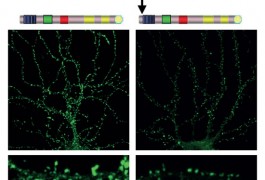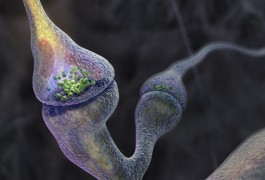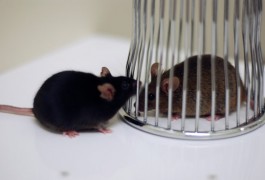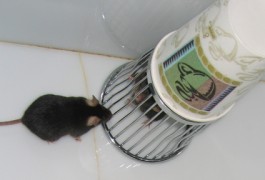Molecular mechanisms: Autism gene tied to neuronal wiring
An autism-linked protein helps wire neurons together, according to two studies published in late September.

An autism-linked protein helps wire neurons together, according to two studies published in late September.

Spontaneous and inherited mutations in SHANK3 both inhibit the protein’s role at synapses, the junctions between neurons, according to a study published 24 May in Molecular Psychiatry.

Three new studies analyzing genetic data from families in which just one child has autism have found the strongest evidence yet that rare new mutations contribute to the disorder.

Researchers have identified nearly 1,500 proteins present in the postsynaptic density — a complex collection of proteins that enables quick and flexible signaling across the brain. The results were published 14 January in Nature Neuroscience.

Mice lacking one copy of a gene associated with Williams syndrome share the hyper-sociability of people with the disorder, according to a paper published online 3 December in Autism Research.

Mice missing a large protein at the junction between neurons show motor impairments, anxiety and increased social behaviors, according to a study in the American Journal of Psychiatry. The protein, postsynaptic density-95 or PSD-95, is part of a key molecular bridge connecting other proteins linked to autism.